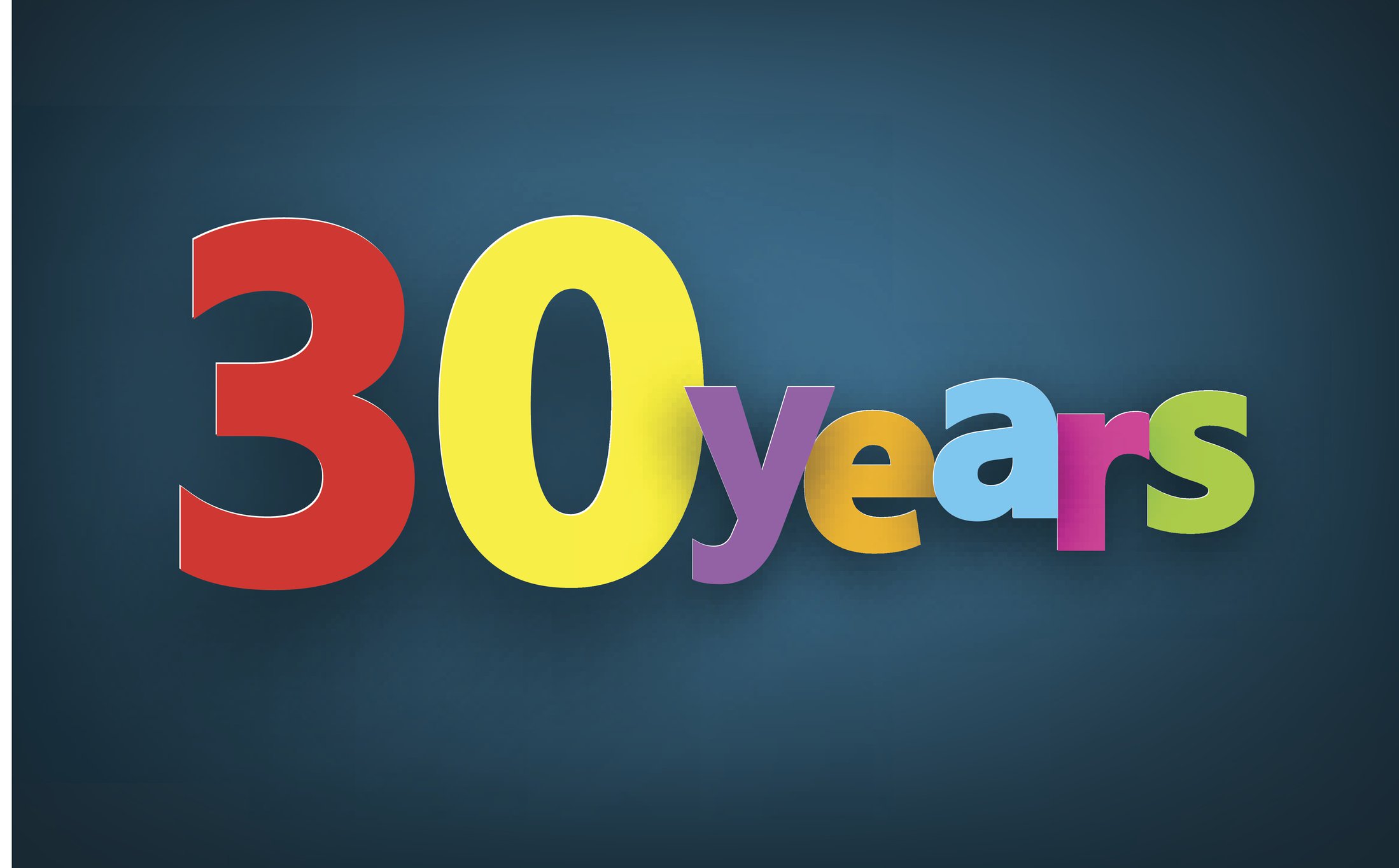
How old were you 30 years ago, in 1989? It's the year that George H. W. Bush was sworn in as President, many people demonstrated for democracy in Beijing, and the Berlin Wall came down. Also of interest, Salman Rushdie's controversial book, Satanic Verses, was published, the San Francisco 49ers won the Super Bowl, and Taylor Swift was born.
You probably don't remember what various everyday items cost in 1989, so here's a look at 30 representative prices. The inflation rate was 4.82% in 1989, and more recently has been 1.65%. Prices have roughly doubled, overall, during the 30 years, gaining 106.6% -- enough to have a $1 item in 1989 cost $2.07 today. You'll see that many of these items cost much more than twice as much today, and some have appreciated far less in value.
Invest better with The Motley Fool. Get stock recommendations, portfolio guidance, and more from The Motley Fool's premium services.